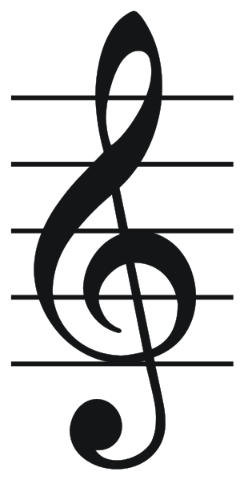LindaC781
Proud Member
It's online, in case you want to know more about music and the theory behind music. It talks about the G or treble clef, why it's written that way (and there is a good reason why). It also describes the bass clef and why it's noted that way. It describes time signatures, key signatures and how to decode the key noted on the music. I figured I'd post the link in case anyone is interested in learning something new (I love learning new things....I try to learn one new thing every day).
http://musiced.about.com/od/beginnerstheory/Beginners_Music_Theory.htm
http://musiced.about.com/od/beginnerstheory/Beginners_Music_Theory.htm







